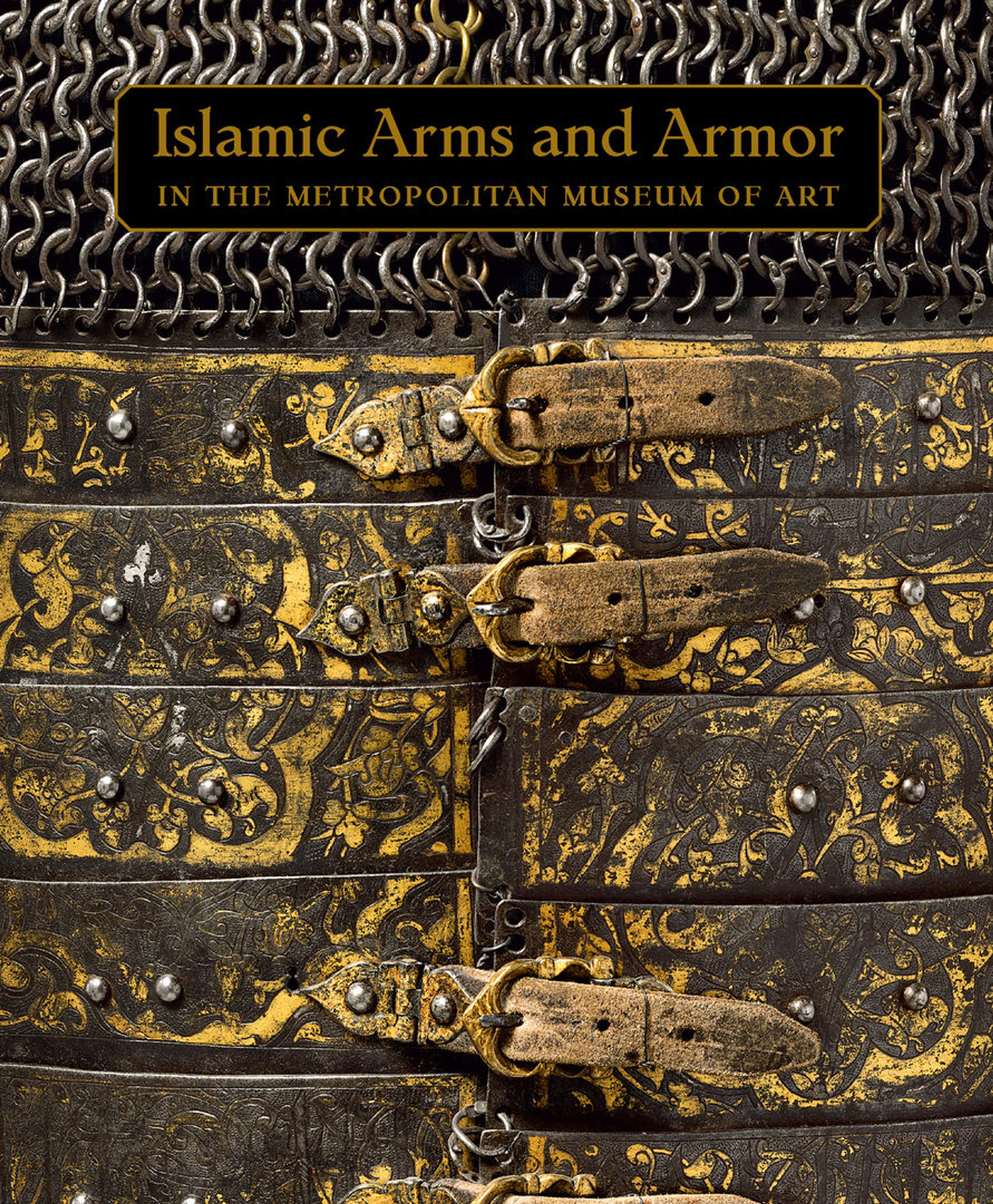Ceramic Vessel in the Shape of a Mosque Lamp
With its delicate spiraling stem design, this small vessel belongs to a group of ceramics formerly referred to as "Golden Horn" wares. Current scholarship, however, prefers the term tughrakes-, or "tughra‑illuminator" style for such decoration, comparing its design to the fine swirling vines adorning tughra calligraphies. During this period, pottery shapes often imitated metalwork forms. This piece, however, emulates glass mosque lamps, which often displayed Arabic inscriptions.
Artwork Details
- Title:Ceramic Vessel in the Shape of a Mosque Lamp
- Date:1525–40
- Geography:Made in Turkey, Iznik
- Medium:Stonepaste; painted in blue under transparent glaze
- Dimensions:H. 6 11/16 in. (17 cm)
Max. diam: 5 13/16 in. (14.8 cm) - Classification:Ceramics
- Credit Line:Harris Brisbane Dick Fund, 1959
- Object Number:59.69.3
- Curatorial Department: Islamic Art
More Artwork
Research Resources
The Met provides unparalleled resources for research and welcomes an international community of students and scholars. The Met's Open Access API is where creators and researchers can connect to the The Met collection. Open Access data and public domain images are available for unrestricted commercial and noncommercial use without permission or fee.
To request images under copyright and other restrictions, please use this Image Request form.
Feedback
We continue to research and examine historical and cultural context for objects in The Met collection. If you have comments or questions about this object record, please contact us using the form below. The Museum looks forward to receiving your comments.
